Welche Highlights und Attraktionen dürfen Sie beim Urlaub in Ägypten auf keinen Fall versäumen? Hier finden Sie eine Liste der Top 10 Sehenswürdigkeiten von Ägypten!
Ägypten, das altehrwürdige Land der Pharaonen, hat die Menschheit schon seit jeher in seinen Bann gezogen. Zahlreiche Völker umkämpften das Land am Nil seit tausenden von Jahren und hinterließen ihre faszinierenden Spuren im heißen Wüstensand.
Pyramiden, Tempel, Obelisken, Statuen – Die gewaltigen Machtdemonstrationen der gottgleichen Herrscher geben der Wissenschaft noch heute Rätsel auf. Touristen bringen die pompösen Grabstätten und Denkmäler beim Urlaub in Ägypten einfach nur zum Staunen.
Aber neben den uralten Vermächtnissen vergangener Dynastien hat Ägypten sogar eine sehenswerte Tier- und Pflanzenwelt zu bieten – allen voran unter Wasser, denn die Korallenriffe im Roten Meer zählen zu den schönsten Tauchspots der Welt!
Inhaltsverzeichnis
Pyramiden von Gizeh

Wer in Ägypten Urlaub macht, muss die imposanten Pyramiden von Gizeh unbedingt gesehen haben! Als einziges Weltwunder der Antike sind die gigantischen Gräber von Cheops, Chefren und Mykerinos immer noch vorhanden. Sie stehen heute rund 15km von der Hauptstadt Kairo entfernt und wurden von der UNESCO zum Weltkulturerbe erklärt.
Abu Simbel
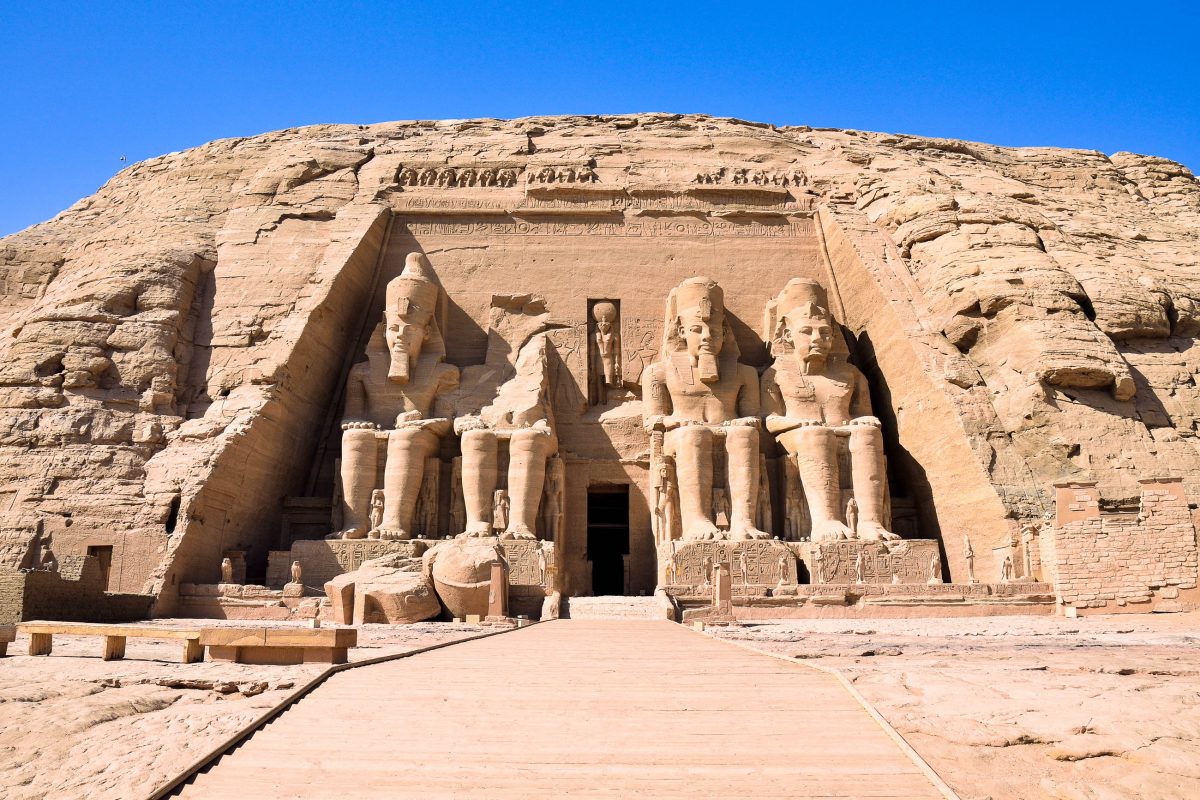
Die vier Statuen von Abu Simbel gelten nahezu ebenso als Postkartenmotiv von Ägypten wie die Pyramiden von Gizeh. Der riesige Felsentempel in der nubischen Wüste wurde vor rund 3.000 Jahren von Ramses II. errichtet und gilt ebenfalls als UNESCO Weltkulturerbe. Um eine Überflutung von Abu Simbel durch den Bau des Assuan Staudamms zu vermeiden, wurde der gesamte Tempel in den 1960er-Jahren 180 Meter nach Süden verlegt.
Tempel der Hatschepsut
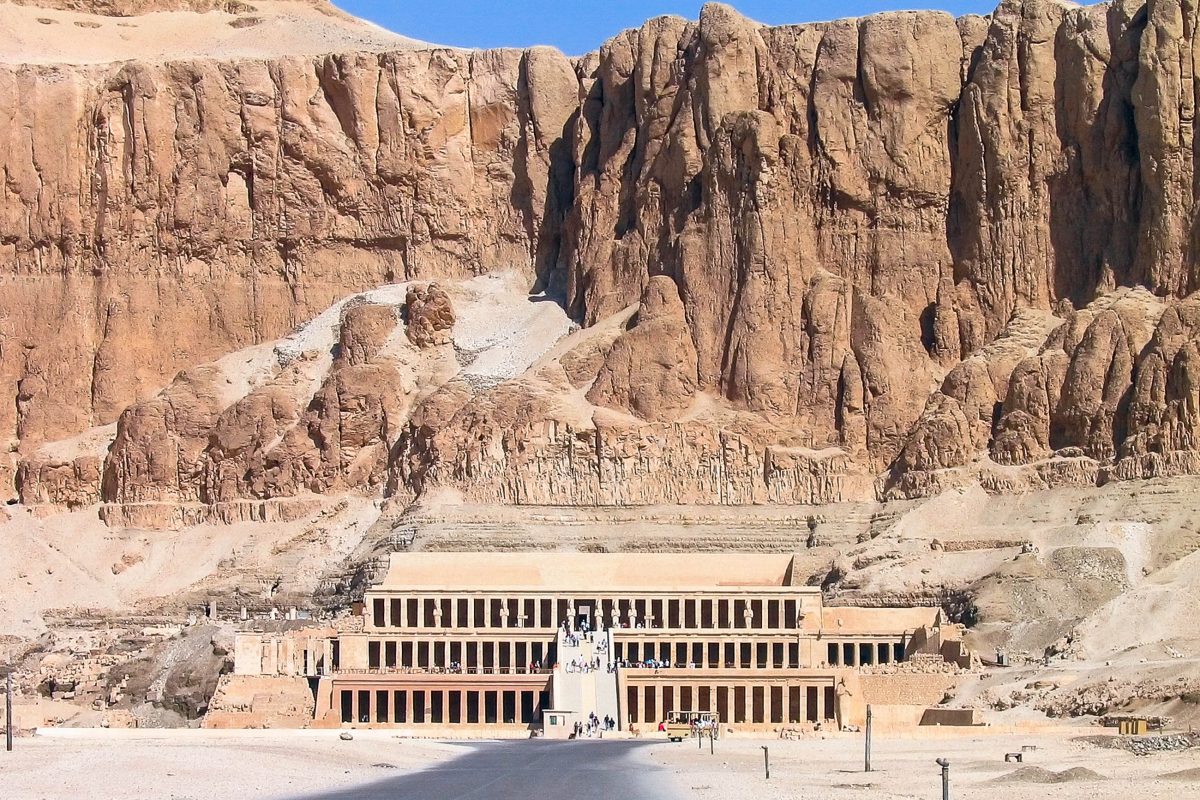
Hatschepsut war die einzige Pharaonin Ägyptens, dementsprechende Berühmtheit erlangte auch ihr Tempel. Der am besten erhaltene Kalksteintempel der 18. Dynastie beeindruckt durch seine gewaltigen Ausmaße und seine kunstvollen Wandmalereien, die bis ins kleinste Detail wiederhergestellt wurden. Angeblich diente er den Römern und Griechen als Vorbild für ihre Tempelbauten.
Artikel: Tempel der Hatschepsut
Luxor Tempel
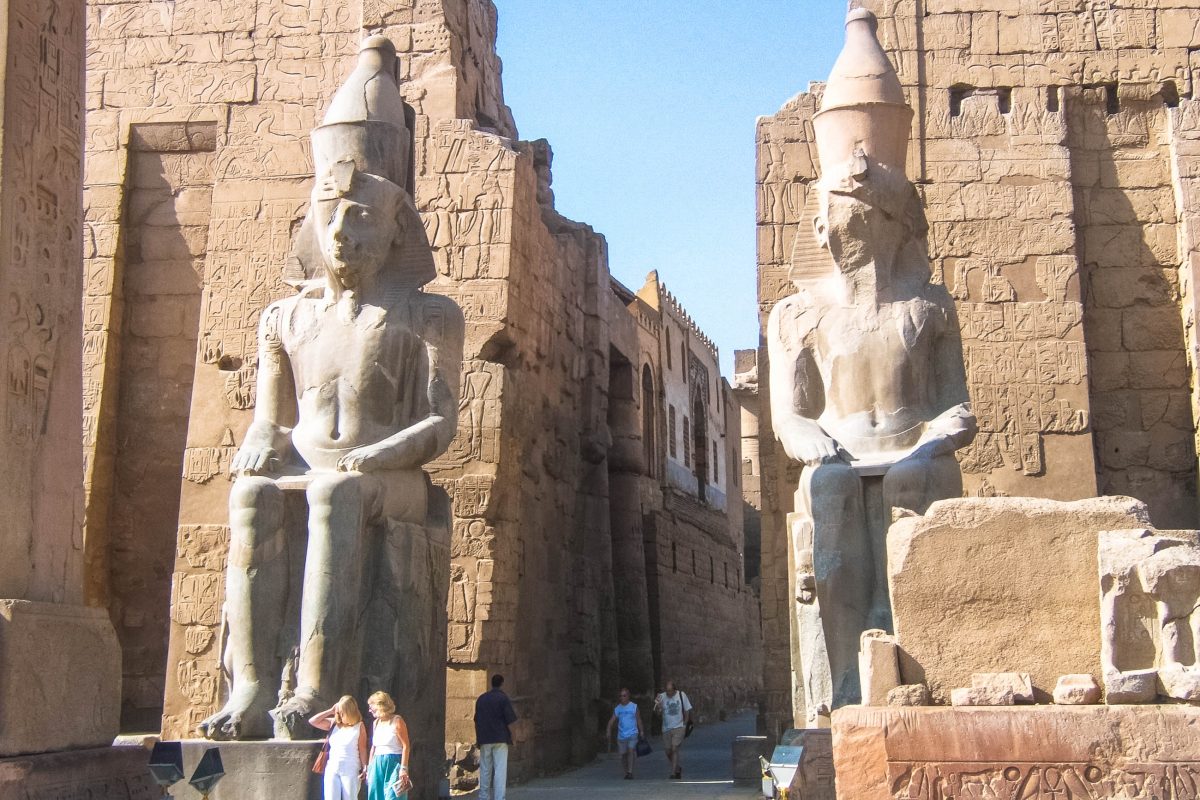
Luxor (das einstige Theben) ist die nächstgrößte Stadt beim Tempel der Hatschepsut und kann ebenfalls mit seiner eigenen Attraktion aufwarten. Der Tempel von Luxor wurde von mehreren Generationen von Herrschern als Sitz der Götter immer wieder erweitert. Nicht nur die ägyptischen Pharaonen, sondern auch griechische und römische Machthaber haben sich hier verewigt.
Artikel: Luxor Tempel in Luxor
Tal der Könige
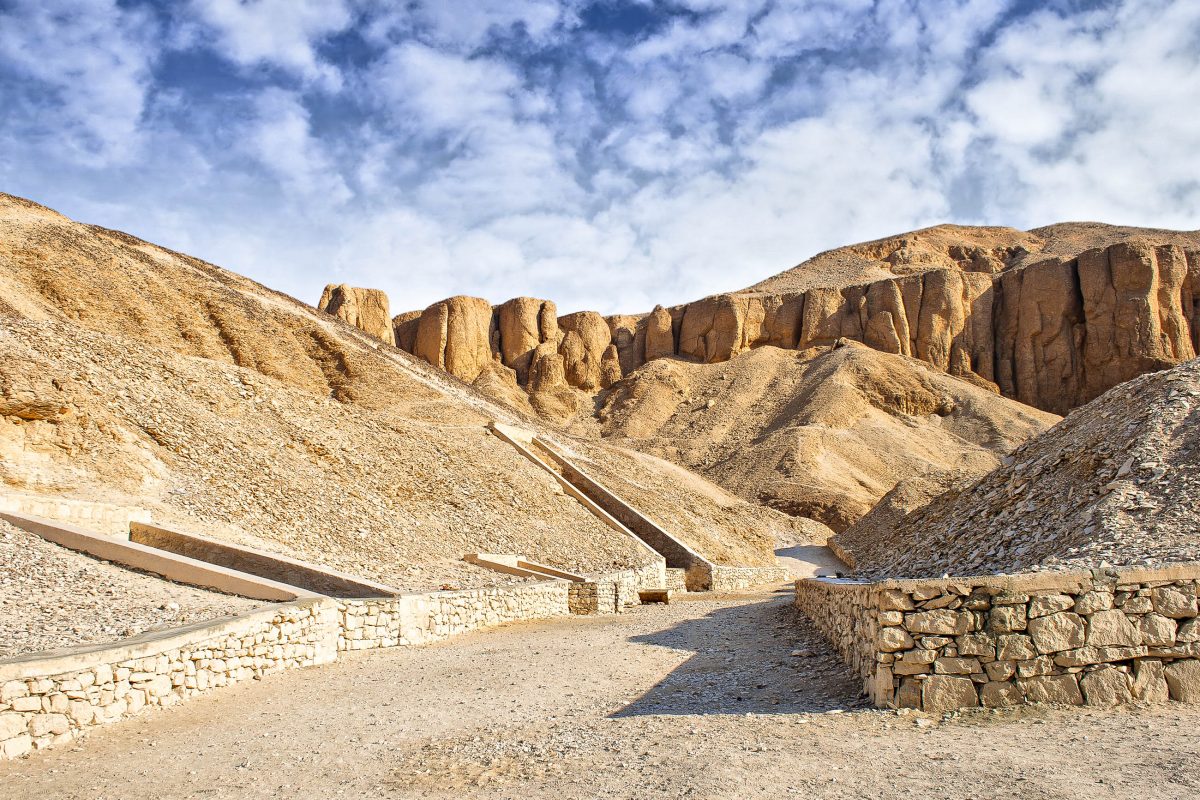
Gegenüber dem berühmten Karnak-Tempel nahe Luxor liegt auch das Tal der Könige. In dieser Ansammlung von Grabstätten fanden zahlreiche ägyptische Herrscher vor über drei Jahrtausenden ihre letzte Ruhestätte. Viele der Gräber wurden geplündert, doch alleine die unterirdischen Kammern mit ihren prächtigen Verzierungen sind einen Besuch wert.
Zu den schönsten und berühmtesten Gräbern zählen jenes von Tutanchamun, Hatschepsut, Thutmosis I. und Thutmosis III. (Vater und Sohn der Hatschepsut), Ramses I. und Sethos I.
Artikel: Tal der Könige
Fotogalerie: Tal der Könige
Ras Mohammed-Nationalpark in Sharm-el-Sheikh
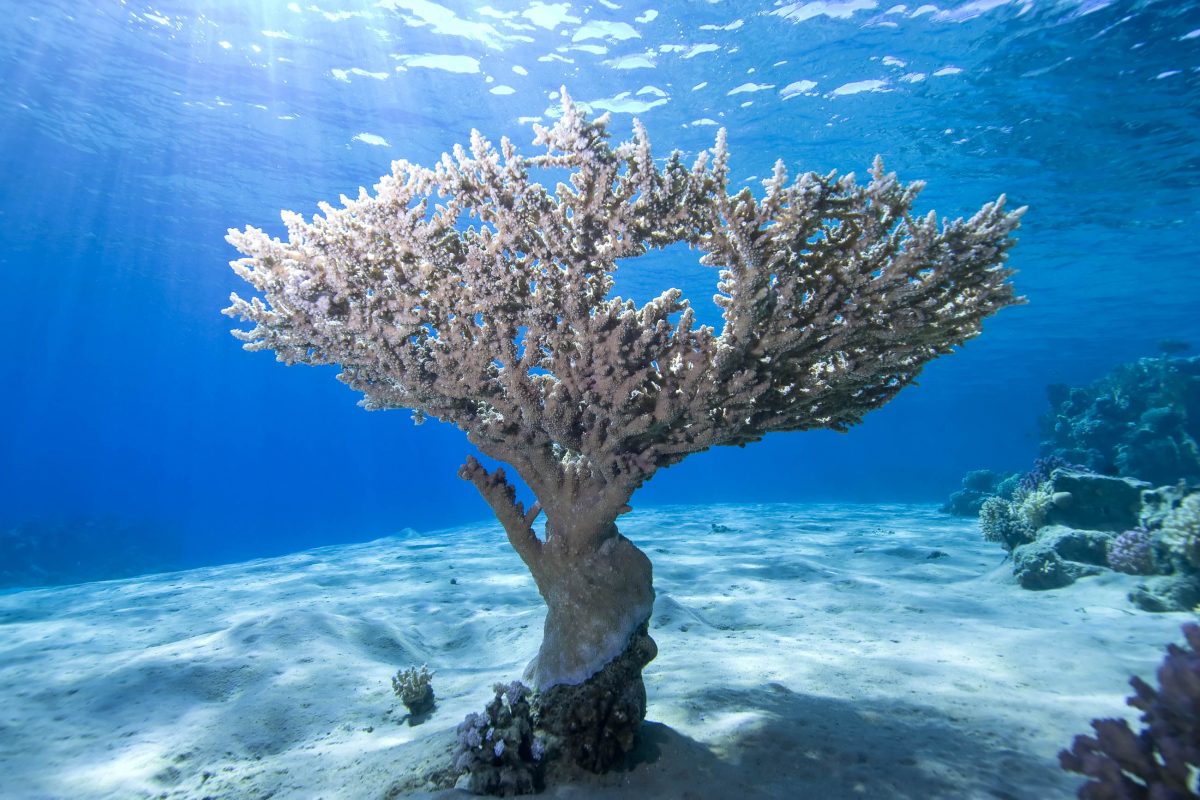
Sharm-el-Sheikh ist Ägypten-Urlaubern als beliebte Feriendestination bekannt. Neben den wunderbaren Stränden ist auch die fantastische Unterwasserwelt des Roten Meeres ein wirkungsvoller Touristenmagnet. Damit diese noch lange intakt bleibt, wurde der Ras Mohammed Nationalpark ins Leben gerufen. 200 Korallen- und rund 1.000 Fischarten machen das Naturschutzgebiet zu einem der besten Tauchspots der Welt.
Artikel: Ras Mohammed Nationalpark in Sharm-el-Sheikh
Gebel Elba Nationalpark

Der Gebel Elba Nationalpark liegt im Süden Ägyptens an der Grenze zum Sudan nahe des Roten Meeres. Durch die Feuchtigkeit, die vom Roten Meer in das Hochland zieht, konnten hier – mitten in der Sahara – an die 500 verschiedene Pflanzenarten gedeihen. Nur hier wachsen in Ägypten Mangroven- und Waldgebiete natürlichen Ursprungs. Die einzigartige Oase beherbergt neben mehreren Beduinenstämmen zahlreiche Tiere, die stark bedroht sind oder sogar schon als ausgestorben gelten.
Artikel: Gebel Elba Nationalpark
Insel Elephantine
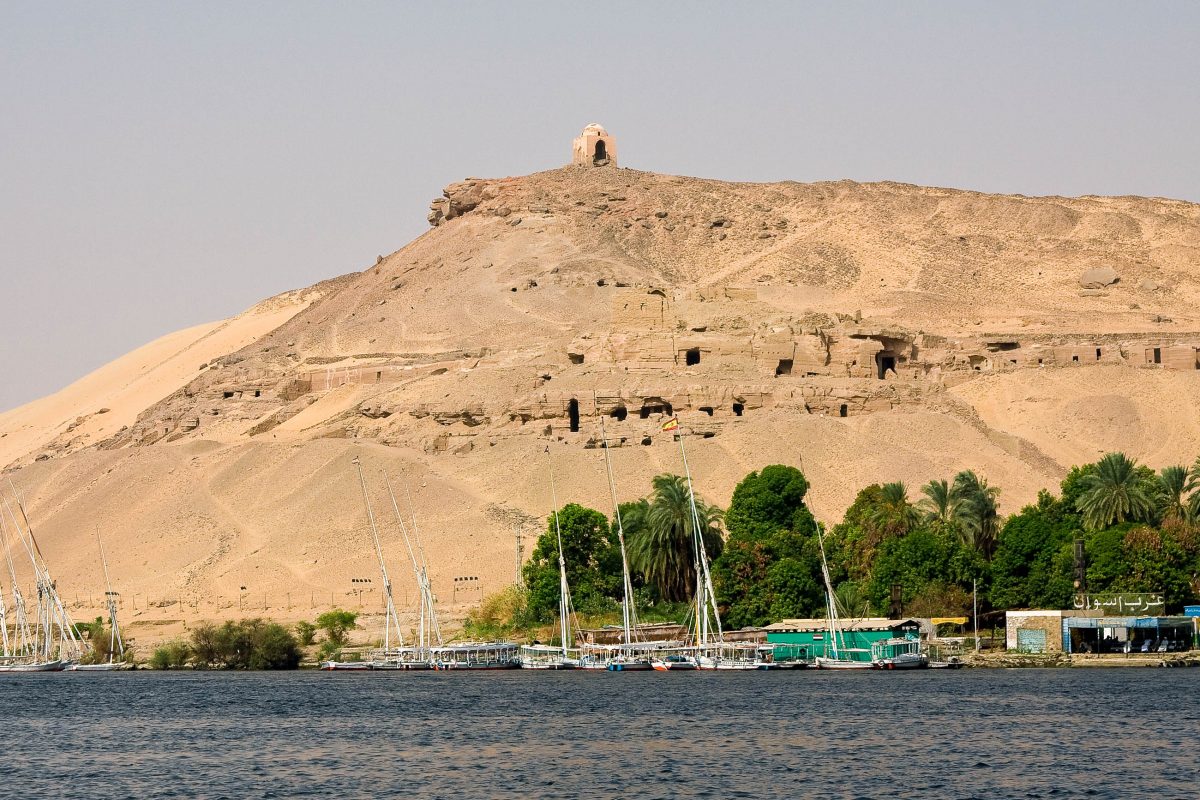
Die Insel Elephantine ist Teil der Stadt Assuan und erhebt sich aus den Fluten des Nil. Durch ihre erhöhte Lage wurde sie nicht so oft überschwemmt wie die restlichen Gebiete am Nilufer und stellen für Archäologen ein gefundenes Fressen dar.
Bis zu 4.000 Jahre können die übereinander geschichteten Gebäudestrukturen zurückverfolgt werden. Zahlreiche Papyrusfunde geben außerdem wertvolle Einblicke in historischen Ereignisse, sowie Hinweise auf die damalige Gesellschafts- und Wirtschaftsstruktur.
Tahrir Platz in Kairo
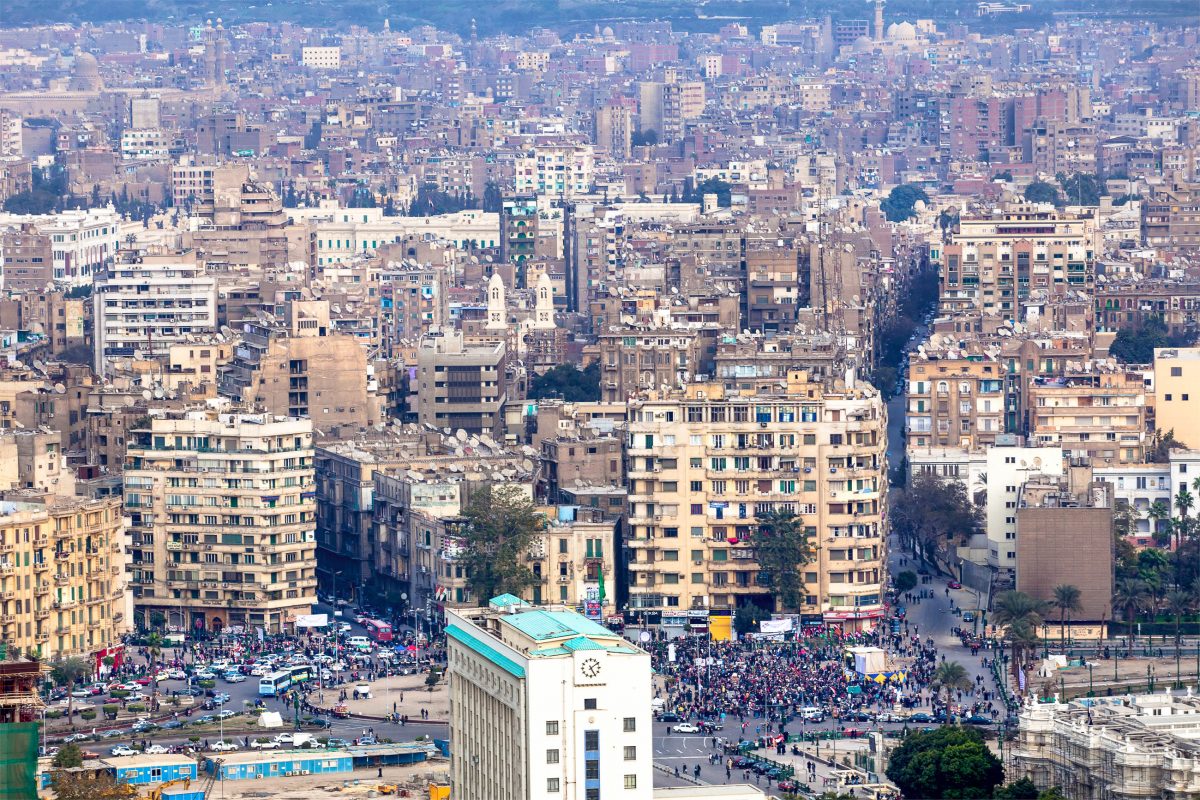
Der Tahrir Platz wird als Hauptplatz von Kairo von bedeutenden Gebäuden umringt, darunter der Präsidentenpalast, das Parlament, das ägyptische Nationalmuseum und die amerikanische Universität.
Spätestens seit der Revolution 2011 ist der Tahrir Platz in Kairo der ganzen Welt bekannt. Damals wurde als Beginn des „Arabischen Frühlings“ der amtierende Staatspräsident durch zehntausende Demonstranten zum Rücktritt gezwungen.
Artikel: Tahrir-Platz in Kairo
Assuan Staudamm
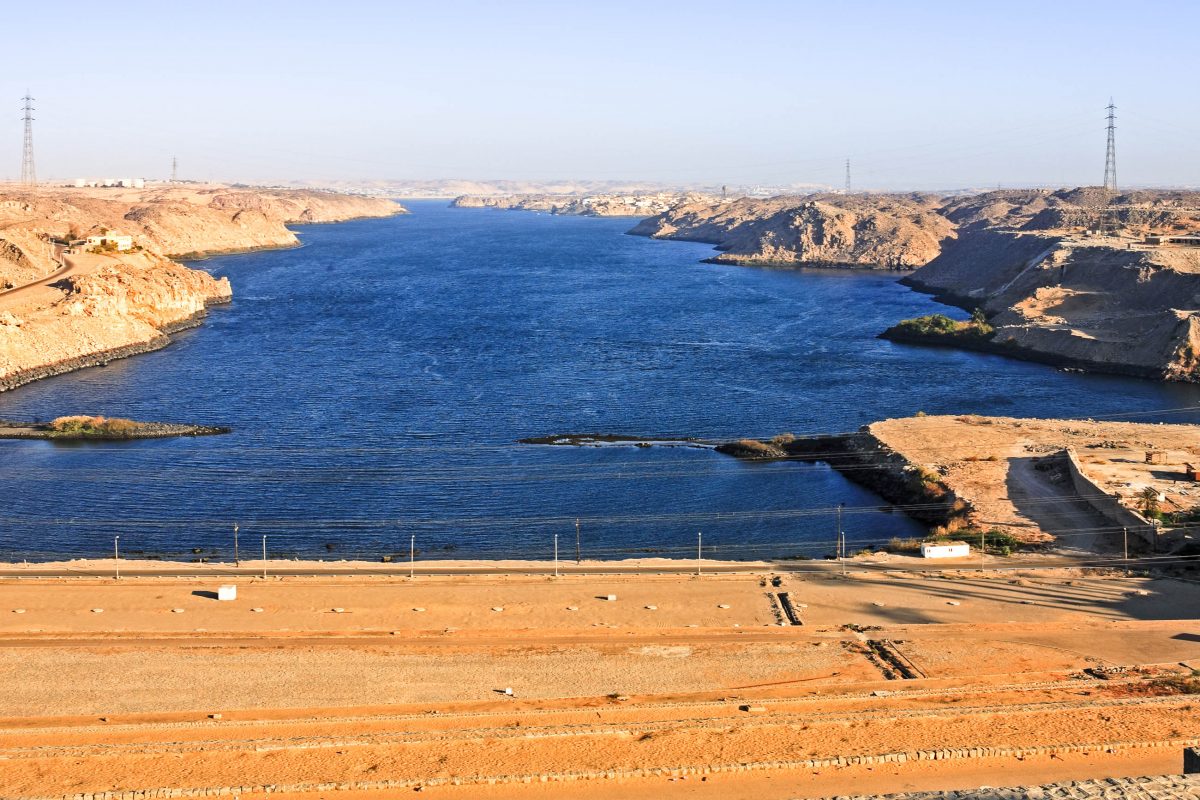
Der Assuan Staudamm staut den gewaltigen Nil zum viertgrößten Stausee der Erde auf. Die gigantische Staumauer verschlang nicht nur 2,2 Milliarden Euro, sondern auch die Standorte zahlreicher Kulturdenkmäler. Diese, darunter der berühmte Felsentempel Abu Simbel, mussten für den Bau ebenso weichen, wie rund 100.000 nubische Einwohner. Dennoch, oder vielleicht gerade deswegen, übt das moderne Monument des Fortschritts im Süden Ägyptens eine besondere Faszination auf jeden Besucher aus.




